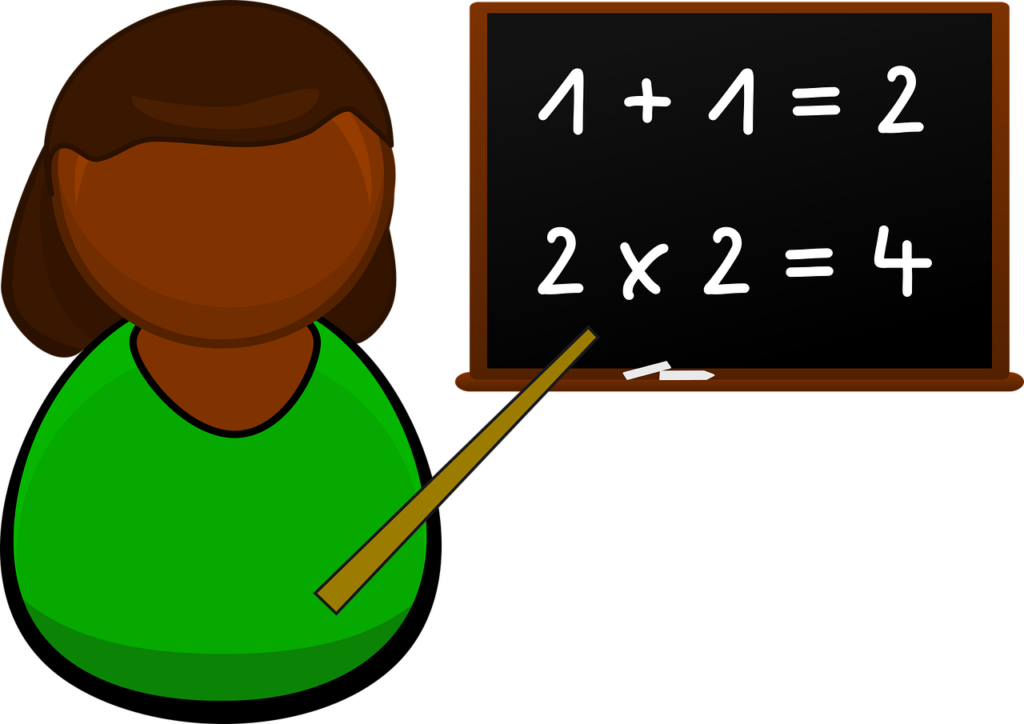Introduction to Playing with Words
Give yourself permission to play! You can go into a session with an idea of what you’d like to teach, because that’s good practice. But you can also be willing to let that go a little bit, maybe lose control in a controlled way, follow where the story leads. Find out what makes the student fun to be around.
Start the technique by planning with a student who the people in the story are going to be. Find out the names of the people in the story, their ages, what they like and don’t like, and what they’re afraid of.
Ask the student if they would like to start the story or if they would like you to start. If you start, write two or three sentences, and then say, “Add to my idea”.
The Importance of Building Trust
Trust is a critical element that must be in place when you’re just getting started with the Playing with Words technique. Before interacting, we must first really take the time to intentionally observe, and observe some more, and then probably, observe even some more. We need to find out what they’re really good at, from their perspective, and what topics make them super-excited. Following their topic really sends a message to our students that they are seen and that they are heard
This is similar to the techniques or strategies of Dr. Jan van Dijk of resonance and co-active movement. Affirm what you notice about the student by using their own mannerisms and movements and language around their chosen topic. Wait to be invited in then. And, most importantly, have fun!
Read or listen to an interview with Linda Hagood about this approach.
Return to Playing with Words homepage.
- What is Playing with Words?
- Introduction to Playing with Words
- Essential Components
- Expanded Essential Components
- Site Map of Playing with Words



